How To Grow A Saucer Plant - Saucer Plant Aeonium Info
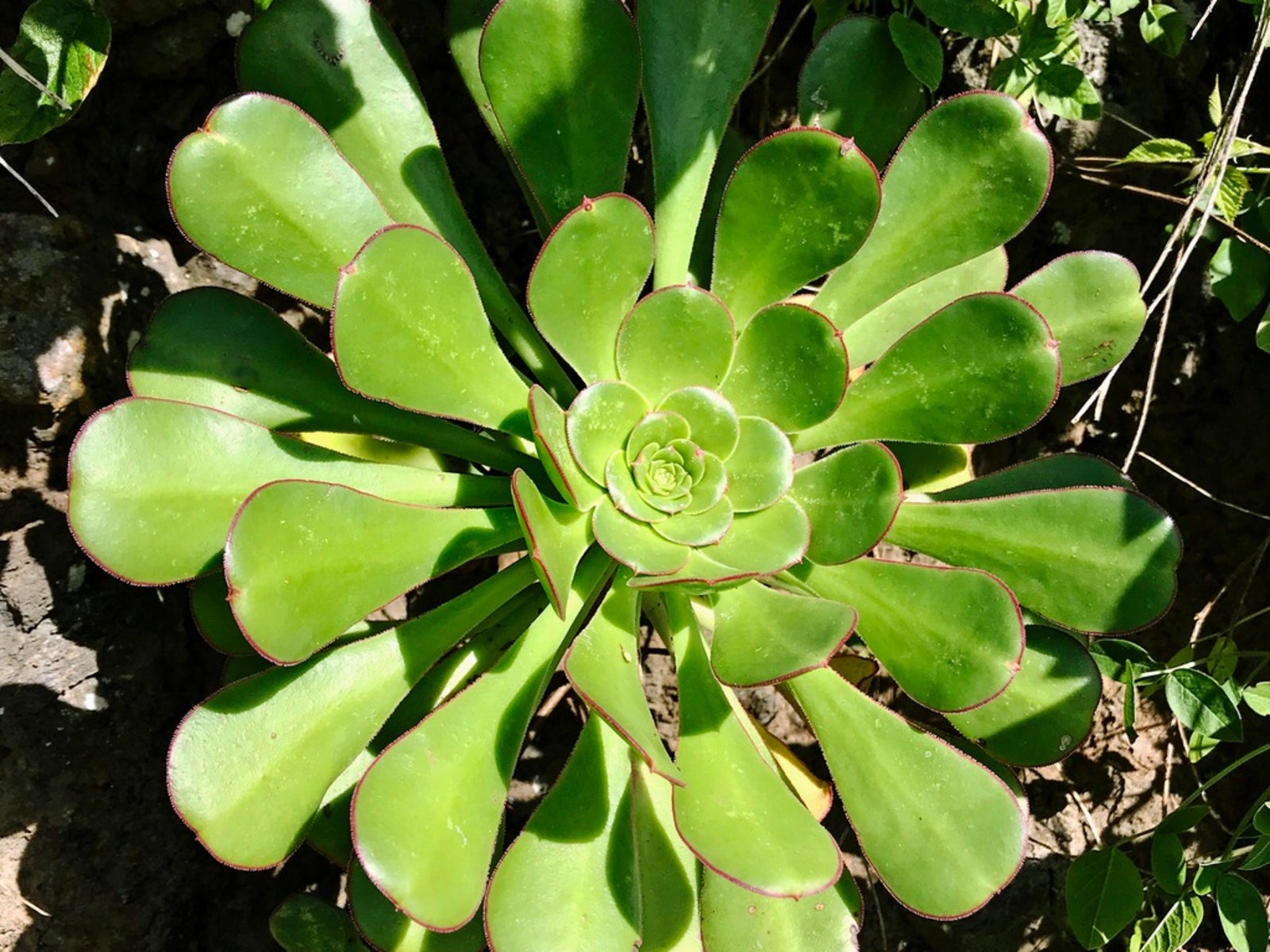

Aeonium succulents are wonderful rosette-formed plants. An excellent example is the saucer plant succulent. What is a saucer plant? It is a hard-to-find but easy-to-grow houseplant, or in warm regions, rockery specimen. If you get lucky enough to get your hands on one, here are a few tips on how to grow a saucer plant.
The saucer plant Aeonium is a native of the Canary Islands. As such, it needs warm but not hot temperatures to thrive and has little to no cold tolerance. It is one of the largest specimens in the genus and can reach 6 feet (2 m.) tall when mature. The saucer plant succulent is not only architecturally appealing but also bears a striking inflorescence in pastel hues.
What is a Saucer Plant?
In the family Crassula, Aeonium plants are known to be easy to grow and sweet in form. The thick leaves are arranged in a rosette form with gradually larger leaves around the edge. Each green, slightly curved leaf has a prickle at the edge and is decorated with a rim of pink. The entire rosette can mature to about 1.5 feet (46 cm.) wide. Over time, the saucer plant Aeonium will develop a long stout stalk. After a few years, it will bear an inflorescence reaching 3 by 3 feet (1 x 1 m.) in size. The flowers are star-shaped in soft pink with yellow centers.
How to Grow a Saucer Plant
Saucer plant care is easy on this stoic plant. Start with a well-draining container and use lightly gritty but loamy soil. Good drainage is essential to prevent any rot issues, but the soil should retain a bit of moisture. Unlike many succulents, this Aeonium prefers cool to warm weather and will stop growing when temperatures are too high. It thrives in temperatures between 65 and 76 degrees F. (18-24 C.). Situate the plant where it receives good but indirect light. They can even perform beautifully in partial shade, which makes them ideal for office settings. Although it can take years to bloom, the plant will often die after it produces an inflorescence. Collect seed when ripe to propagate the plant.
Saucer Plant Care
Water the plant deeply when the soil is dry to the touch. The plant will need more water during its growing season and less when dormant. Container grown plants should be repotted every two to three years. The container size should just about match the width of the rosette. Feed the plant during the growing season, once per month, with a diluted by half-liquid plant food. Suspend feeding when the plant is dormant. Similarly, reduce watering by half when the plant is not actively growing. You can move plants outside during spring or in mild summers.
Gardening tips, videos, info and more delivered right to your inbox!
Sign up for the Gardening Know How newsletter today and receive a free copy of our e-book "How to Grow Delicious Tomatoes".

Bonnie Grant is a professional landscaper with a Certification in Urban Gardening. She has been gardening and writing for 15 years. A former professional chef, she has a passion for edible landscaping.
-
 8 Perfect Flowers To Plant With Tomatoes To Boost Yields & Banish Pests
8 Perfect Flowers To Plant With Tomatoes To Boost Yields & Banish PestsDon’t forget flowers when choosing companion plants for your tomato beds or pots. These pretty, fragrant blooms add beauty but are also highly beneficial.
By Mary Ellen Ellis
-
 Want The Longest Lasting Hydrangea Flowers? Grow These 8 Panicle Hydrangea Varieties
Want The Longest Lasting Hydrangea Flowers? Grow These 8 Panicle Hydrangea VarietiesFor ornamental shrubs that deliver the longest flowering seasons with plush blooms and delicate hues, these panicle hydrangea varieties are essential in your yard
By Tonya Barnett
-
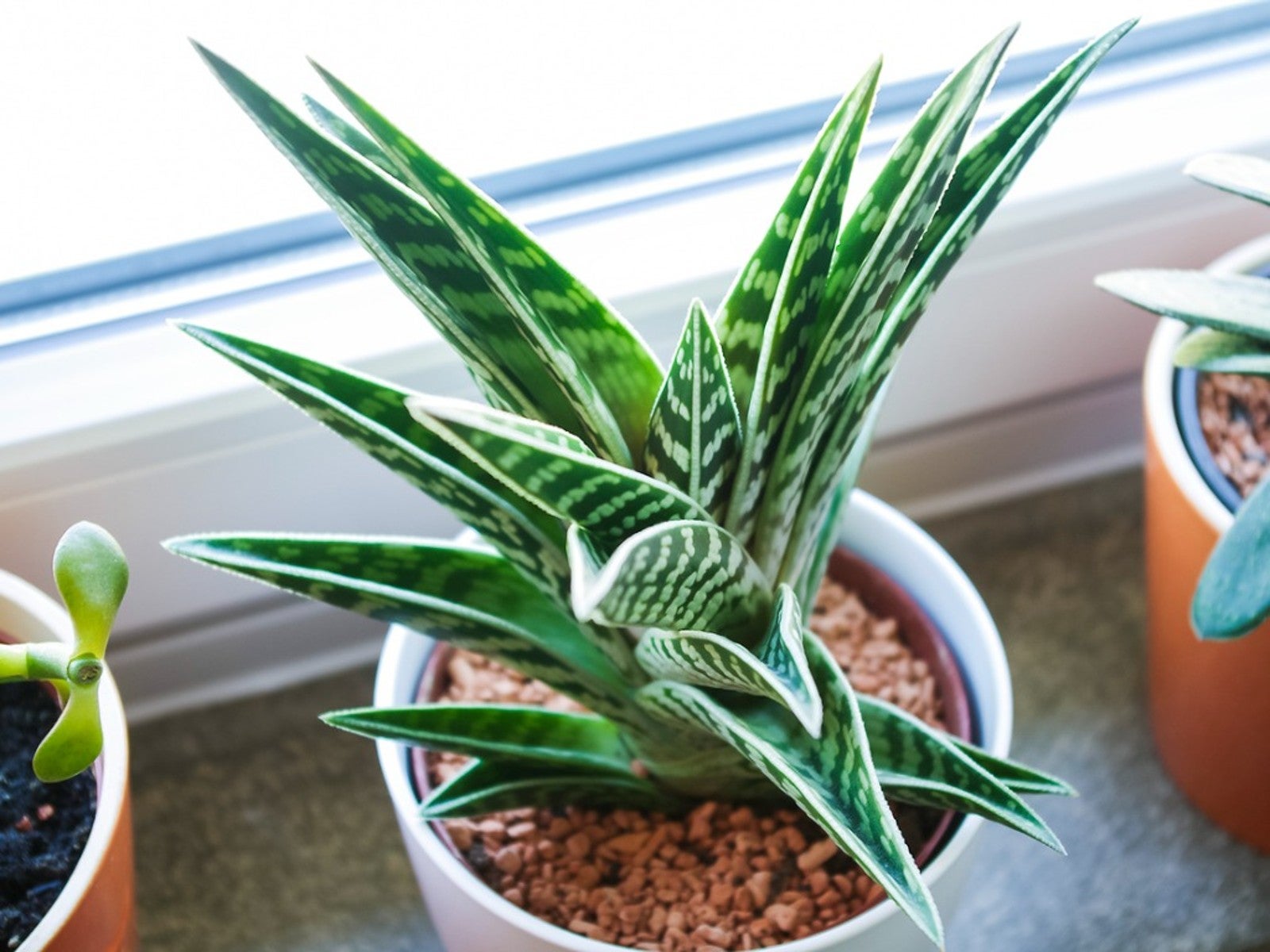 Variegated Succulents To Add To Your Plant Collection
Variegated Succulents To Add To Your Plant CollectionRead about some of the pretty variegated species that add beauty and interest to your succulent collection.
By Becca Badgett
-
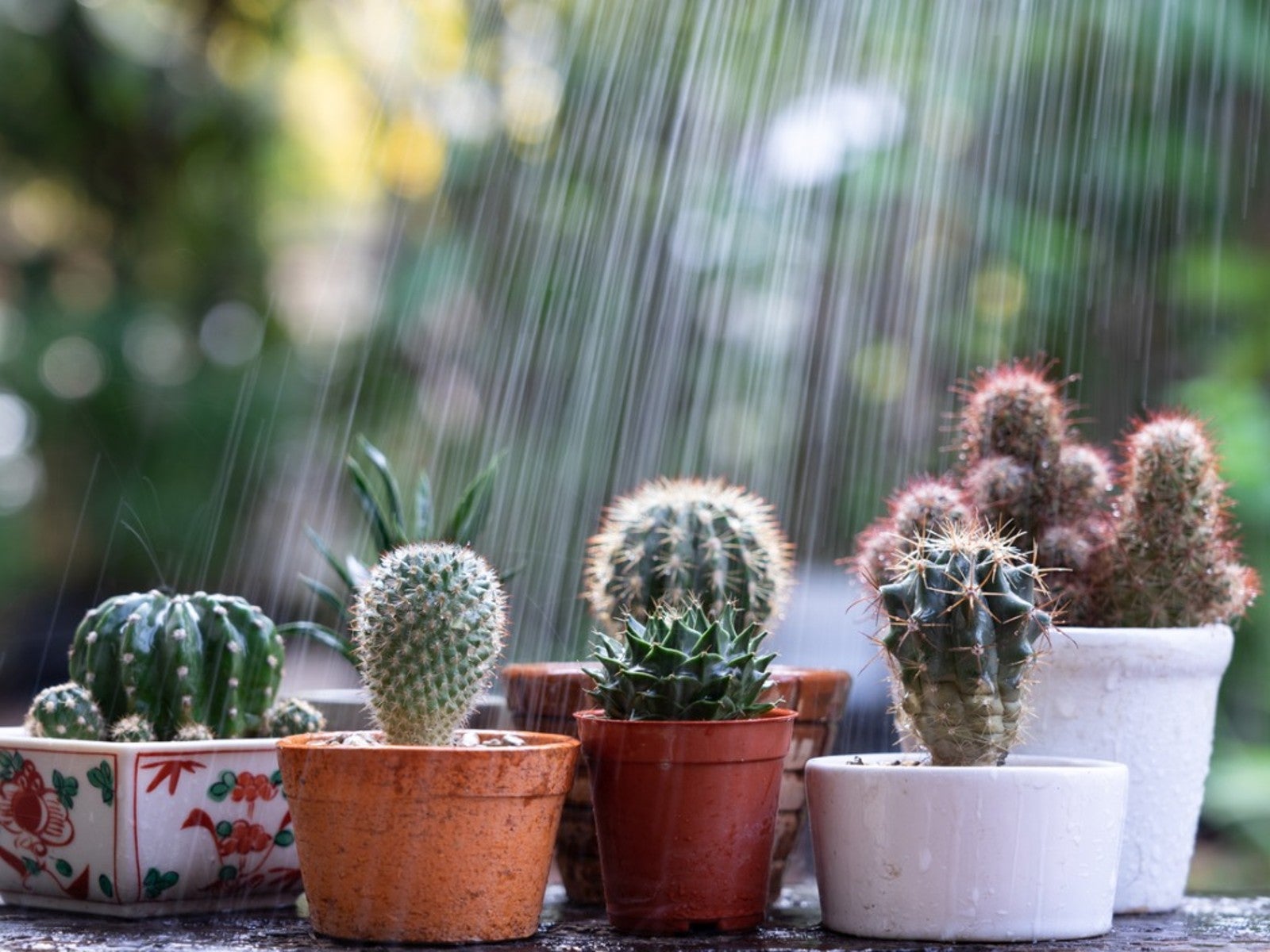 How To Protect Succulents And Cacti From Rain
How To Protect Succulents And Cacti From RainRain has the potential to cause damage to our cacti and succulents. However, when planted in proper soil, rainfall may perform as just a deep watering. Read on for more.
By Becca Badgett
-
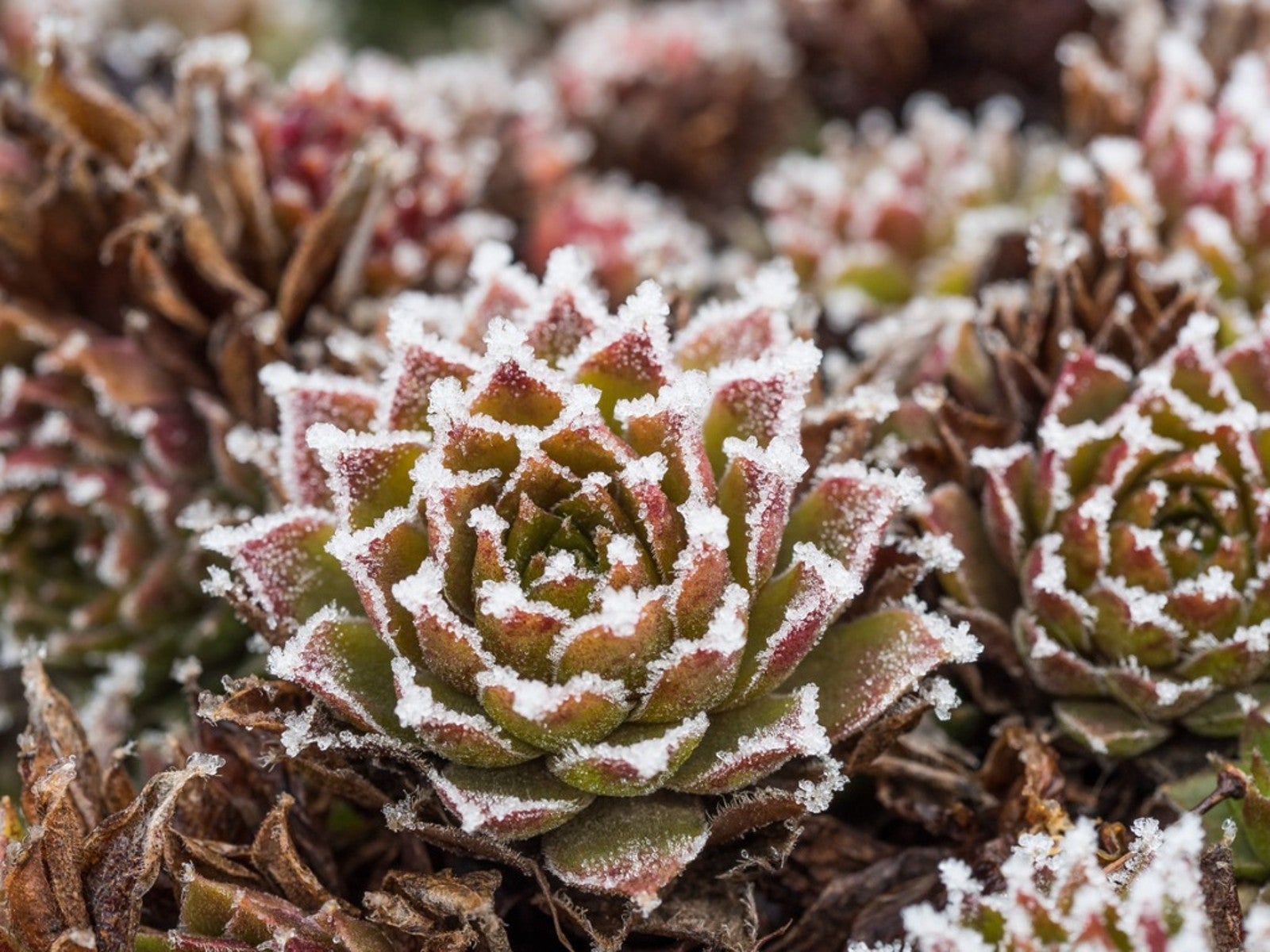 Succulents and Frost: How To Save A Succulent From Frost Or Freeze
Succulents and Frost: How To Save A Succulent From Frost Or FreezeCan succulents withstand cold? Succulents and frost don't traditionally go together and can result in damage, but you may be able to save frozen succulents.
By Bonnie L. Grant
-
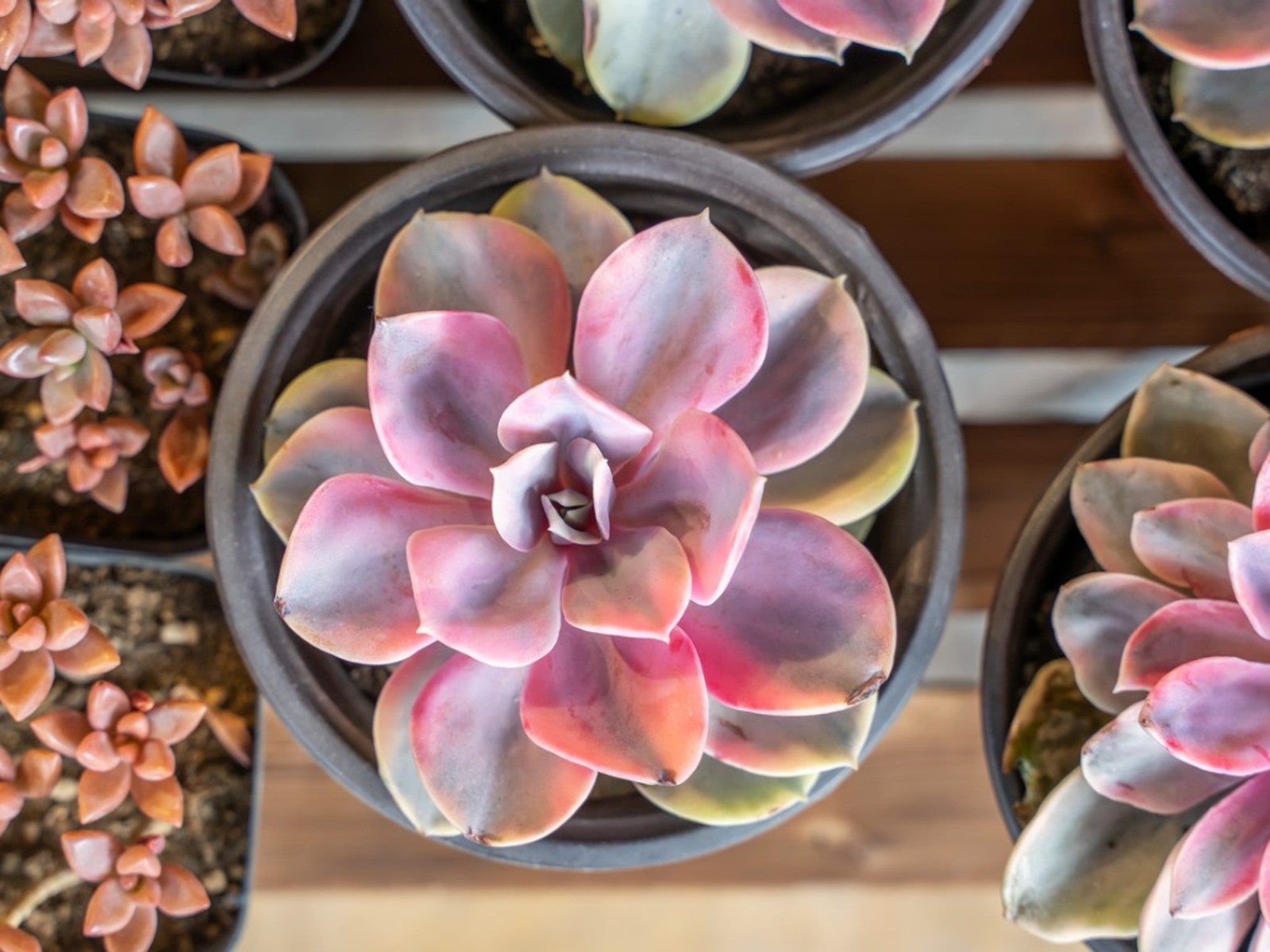 Pink Succulents Varieties To Try: How To Grow Perfect Pink Succulent Plants
Pink Succulents Varieties To Try: How To Grow Perfect Pink Succulent PlantsPink succulents may display the color on leaf edges or with streaks or blotches mingled throughout the foliage. Here are our favorites.
By Becca Badgett
-
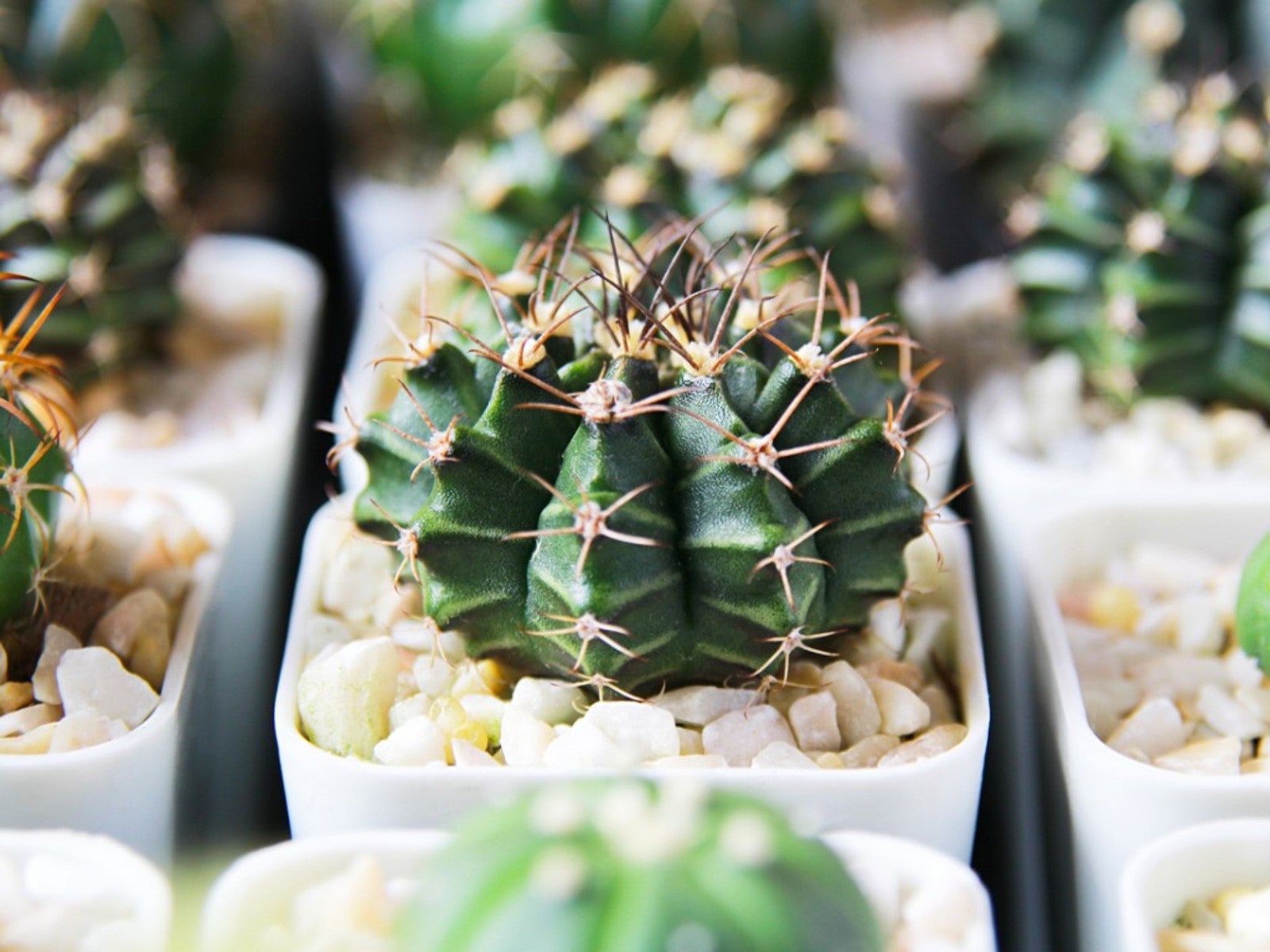 10 No Fuss Cacti - What’s The Best Low Maintenance Cactus
10 No Fuss Cacti - What’s The Best Low Maintenance CactusIf you’re thinking of adding plants to your collection, consider no fuss cacti. Click here for an easy cacti list, even for beginners.
By Becca Badgett
-
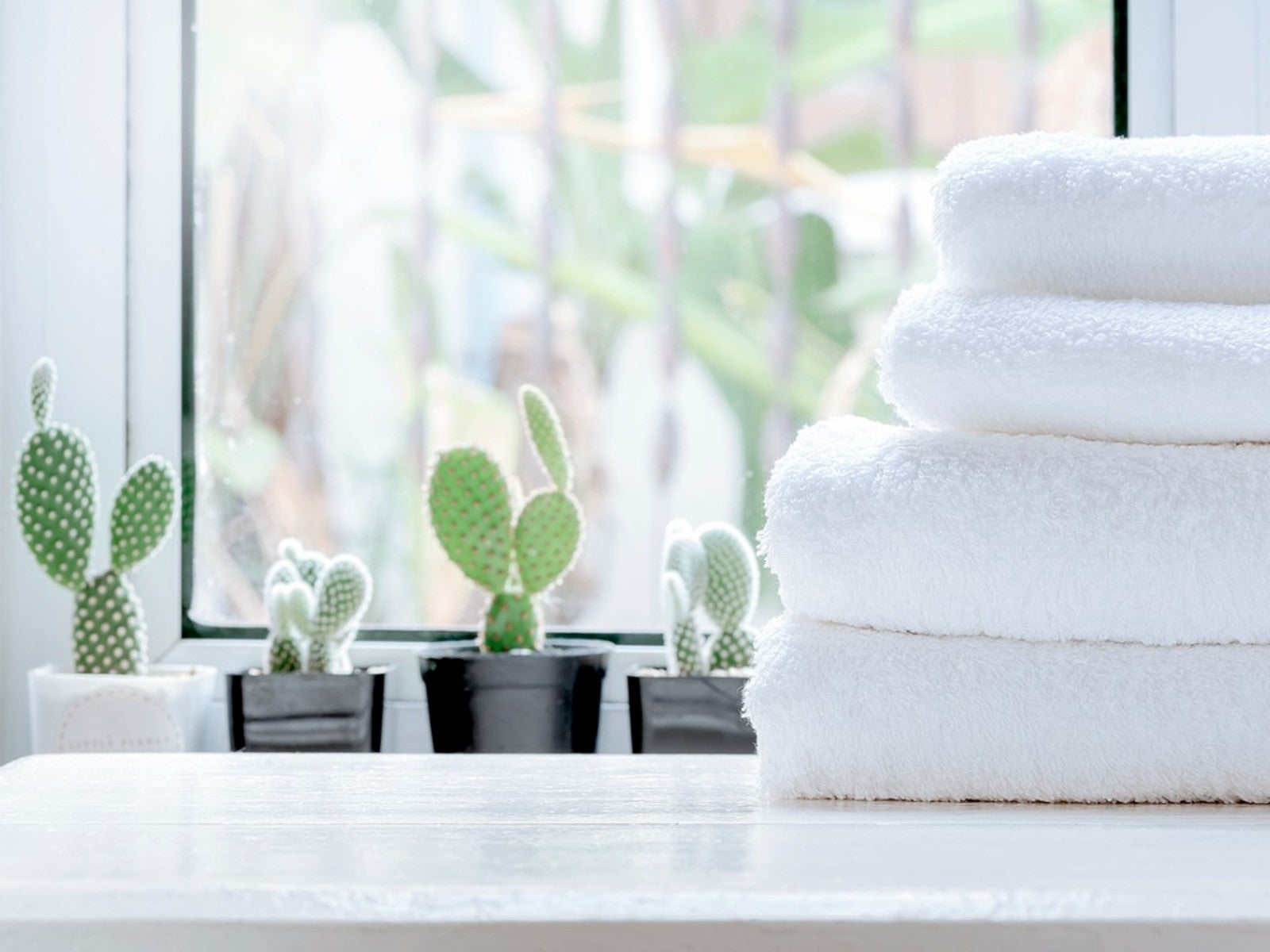 5 Best Succulents For A Bathroom
5 Best Succulents For A BathroomSome succulents can be great options for bathroom decoration. Read on for our top five bathroom succulent ideas.
By Becca Badgett
-
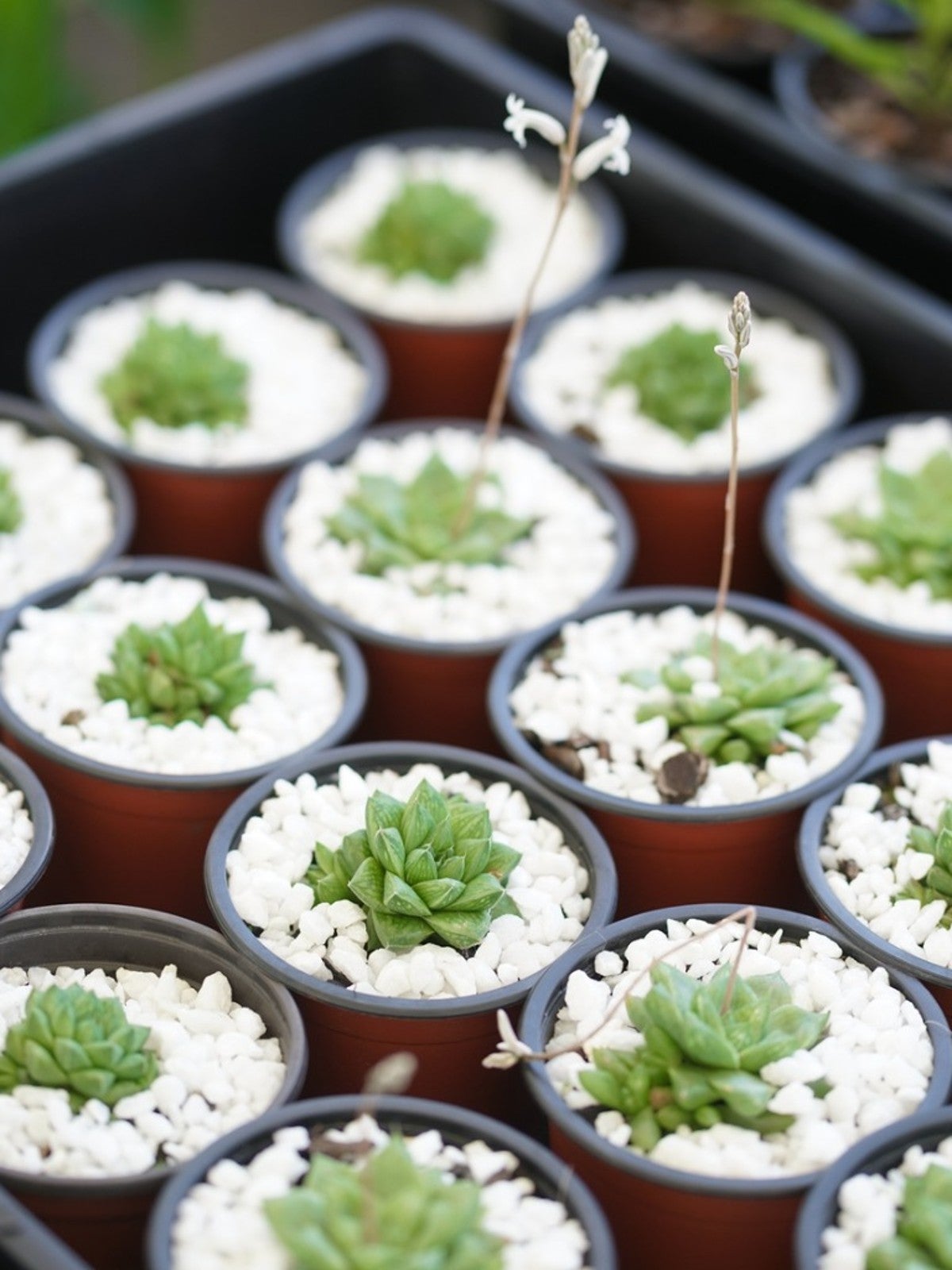 What Is A Succulent Starter Kit - Best Succulent Starter Kits
What Is A Succulent Starter Kit - Best Succulent Starter KitsWhile garden kits are not the most inexpensive option for growing succulents, they do include everything you’ll need. Grow succulents from seed by using a succulent seed starter kit to learn the process and to check your results.
By Becca Badgett
-
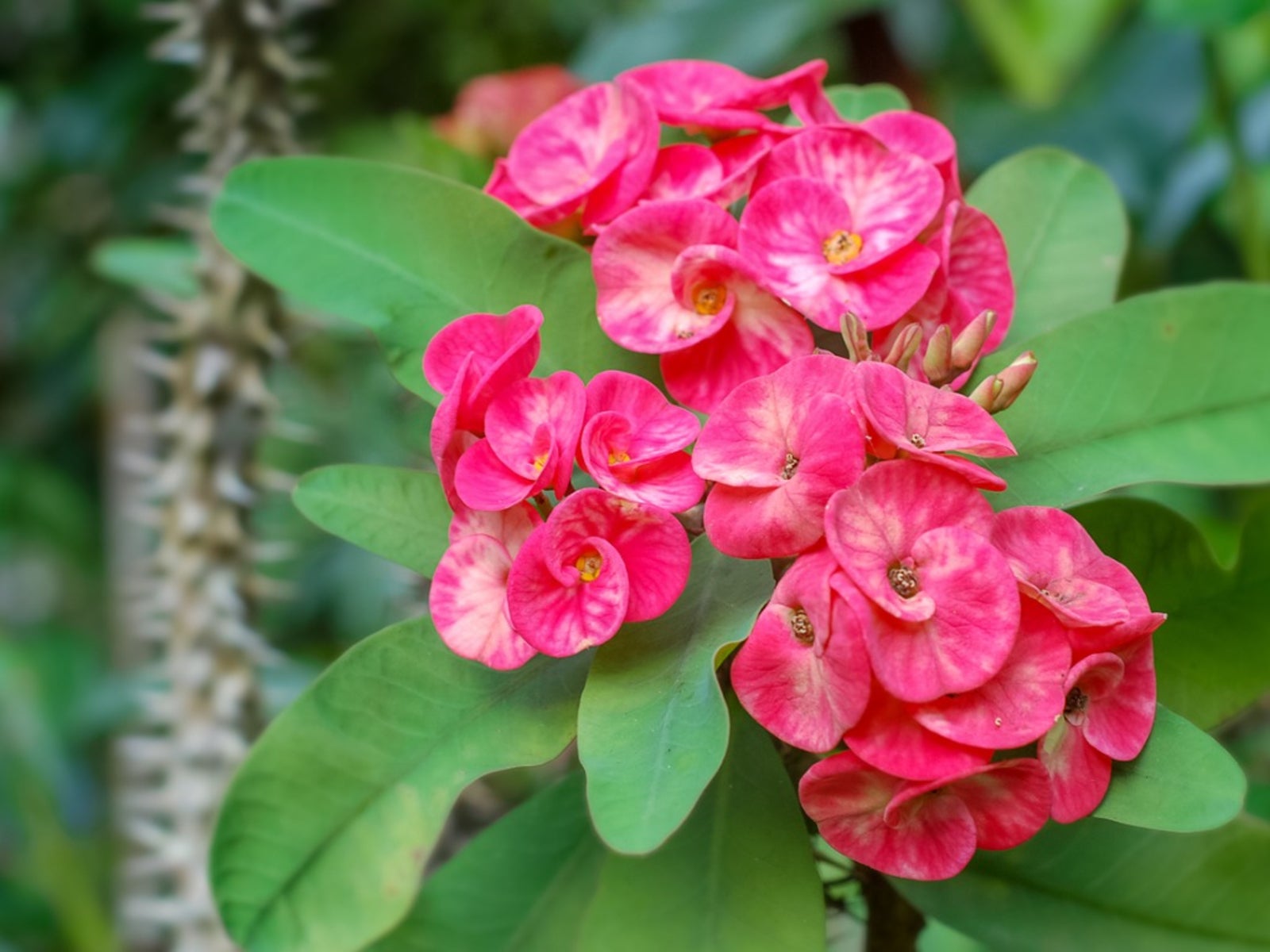 Dazzling Succulents - Succulents With Striking Flowers
Dazzling Succulents - Succulents With Striking FlowersWhen you think of succulents you may just envision their unique leaves and stems. But succulents also produce bright and bold flowers in the right conditions. Read on to learn more.
By Bonnie L. Grant